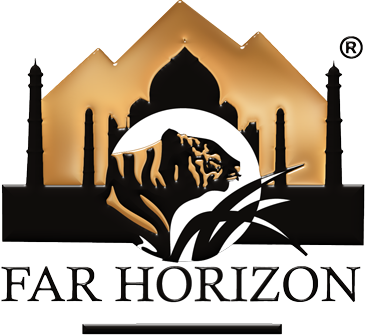The climb up to Matho La is extremely strenuous and at the top, travellers are often greeted by the high wild cry of the Snowcock, a giant partridge common in these parts but difficult to see. The initial descent to the plain of the Upper Matho valley is steep. At the end the trail crosses a couple of streams and camp is set near Gyangpoche doksa. The pasturage of the Upper Matho is a huge area bisected by streams, dotted with doksas, many hidden amongst the dips and rises of the sharply uneven plain. To the south it climbs to the foot of the ice-clad bastion formed by Matho Kangri peak and its consorts.
The plain is full of life; white-tailed hares abound and whole colonies of Himalayan marmots can be seen sunning themselves outside their burrows, trilling sharply in alarm as they catch sight of a Golden eagle circling on dihedral wings or the menacing bulk of a Bearded vulture held aloft on its nine-foot spread. The lucky may catch a glimpse of a wolf or the track of a snow leopard imprinted in wet ground - evidence of the presence of this most elusive of cats.

